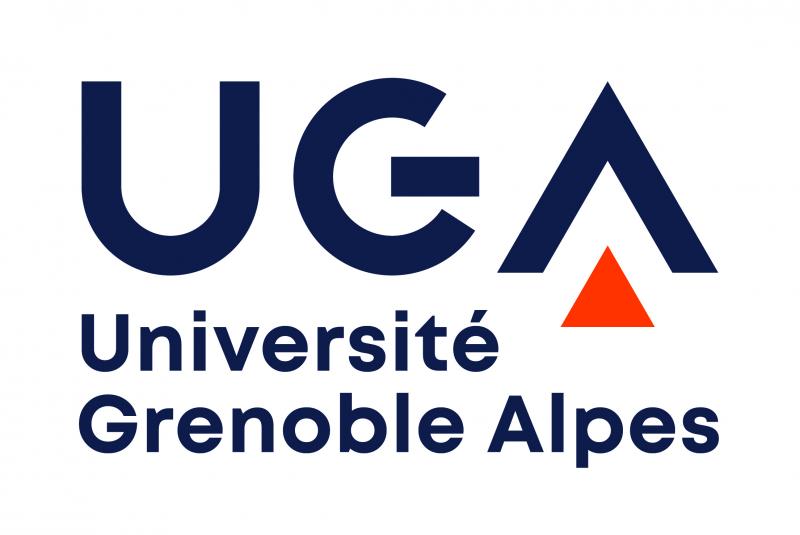As-Rigid-As-Possible Manipulation of Molecular Structures
About the NANO-D research group at INRIA
The NANO-D group, led by Stephane Redon at INRIA, develops novel multiscale, adaptive modeling and simulation methods, which automatically focus computational resources on the most relevant parts of the nanosystems under study. All algorithms developed by the group are gathered into SAMSON, an open-architecture software platform designed by NANO-D (SAMSON: Software for Adaptive Modeling and Simulation Of Nanosystems).
During the twentieth century, the development of macroscopic engineering has been largely stimulated by progress in numerical design and prototyping: cars, planes, boats, and many other manufactured objects are nowadays designed and tested on computers. Digital prototypes have progressively replaced actual ones, and effective computer-aided engineering tools have helped cut costs and reduce production cycles of these macroscopic systems.
The twenty-first century is most likely to see a similar development at the atomic scale. Indeed, the recent years have seen tremendous progress in nanotechnology - in particular in the ability to control matter at the atomic scale. Similar to what has happened with macroscopic engineering, powerful and generic computational tools will be employed to engineer complex nanosystems, through modeling and simulation.
The NANO-D group is funded through ANR grants, an ARC grant, and an ERC Starting Grant (http://nano-d.inrialpes.fr).
Modeling macromolecules
Numerous molecular structures contain a large number of atoms, hence a large number of degrees of freedom. Because user interaction devices typically contain just a few degrees of freedom (e.g. a mouse, a haptic device, etc.), it is non-trivial to define an effective mapping between these devices and the molecules. In other words, it is difficult for a user to interactively perform large-scale deformations that involve numerous degrees of freedom using simple interaction devices.
Research internship details
The goal of the internship will be to develop a series of user interaction methods that will make it easy to edit and deform large molecules. During the first part of the internship, the successful applicant will study the state of the art of interaction methods able to handle large sets of particles that are subject to an interaction force-field (the deformed molecules should preserve their structures). In particular, this internship will focus on the use of so-called as-rigid-as-possible methods, which attempt to minimize deformation during manipulation. In the second part, the intern will develop one or more interactive tools for large-scale deformation. In the third stage, the proposed algorithms will be validated by testing their ability to reproduce signal transduction scenarios and their ease of use when fitting flexible protein structures into cryo-EM maps. The proposed tools will be integrated into SAMSON, the platform being developed in the NANO-D group.
Desired profile
We are looking for creative, passionate and hard-working individuals with exceptional talent for computer science and mathematics. The successful applicant will be in the process of obtaining a Master’s degree in computer science or an equivalent level. Excellent oral, written and interpersonal communication skills are essential (the working language will be English – knowledge of French is a plus).
Requirements
- Strong computer science background (Master’s degree in computer science or equivalent)
- Strong oral, written and interpersonal communication skills (working language: English – knowing French is a plus)
- Good knowledge of C++
- Ability to work independently and with a team


 Sign in
Sign in














